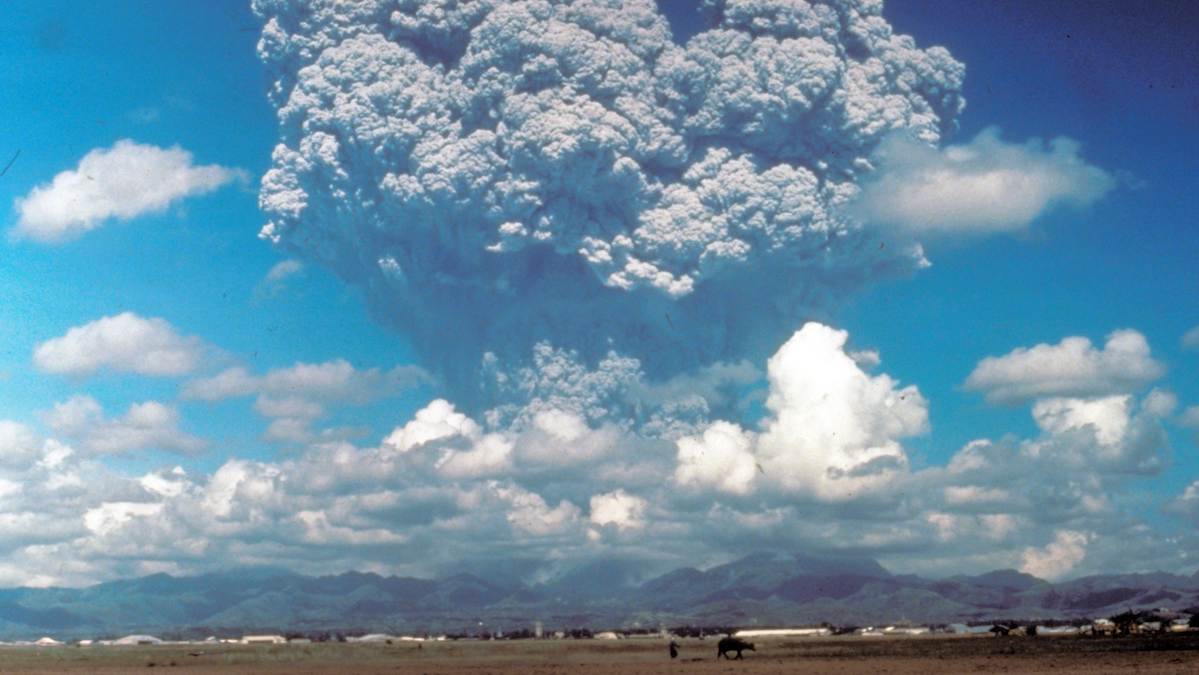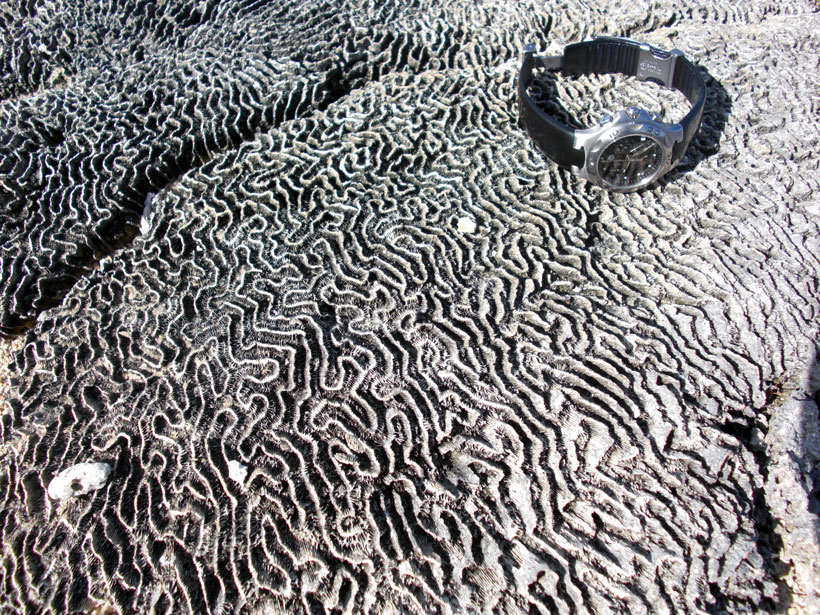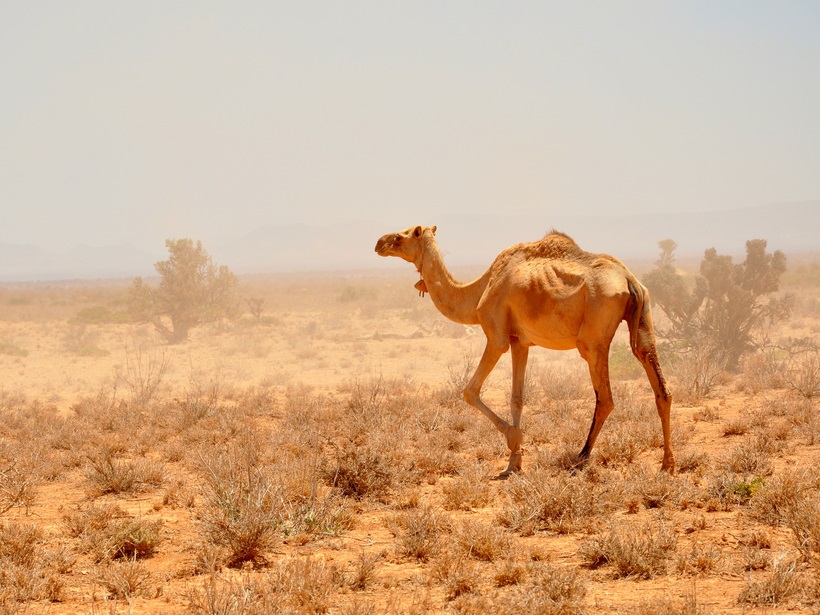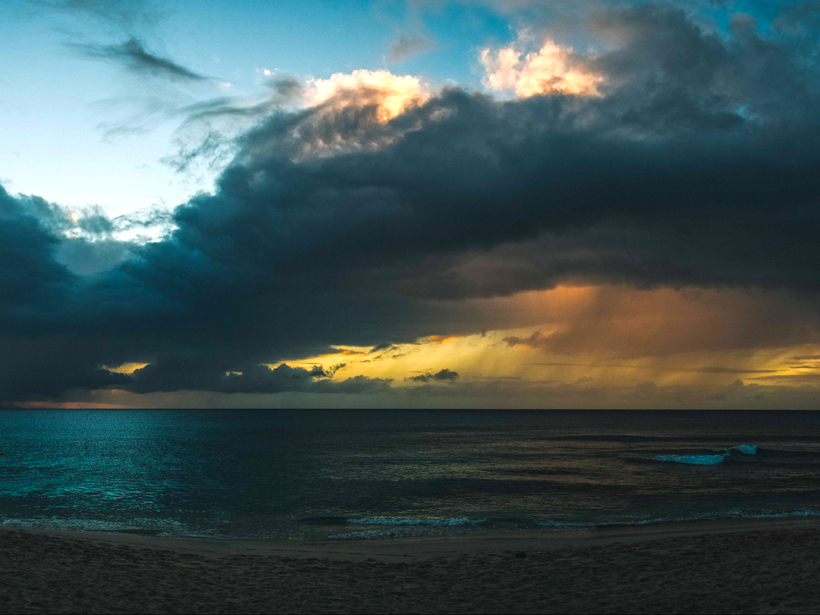Asymmetric volcanic plumes may shift equatorial weather patterns and increase tropical stream flow, according to new simulations.
ITCZ
Raising Central American Orography Improves Climate Simulation
Elevation of Central American orography significantly reduces the pervasive tropical rainfall bias by blocking the easterlies and consequently warming the northeastern tropical Pacific.
Fossilized Caribbean Corals Reveal Ancient Summer Rains
Isotope records and climate modeling suggest that the rainy Intertropical Convergence Zone expanded northward into the southern Caribbean during a warm interglacial period about 125,000 years ago.
Short Rains and Long Rains
A recent paper in Reviews of Geophysics examined the drivers of interannual and regional rainfall variability in eastern Africa.
Clouds in Climate Models of a Simulated Water-Covered Earth
Researchers use aquaplanet experiments to zero in on the effects of small-scale processes in the tropics that cause discrepancies between climate models.
Simulating the Climate 145 Million Years Ago
A new model shows that the Intertropical Convergence Zone wasn't always a single band around the equator, which had drastic effects on climate.
Tropical Rainfall Intensifies While the Doldrums Narrow
Scientists show long-term changes in the Intertropical Convergence Zone's location, extent, and rainfall intensity.
How Do Climate Variations Affect the Width of the Tropics?
The Width of the Tropics: Climate Variations and Their Impacts; Santa Fe, New Mexico, 27–31 July 2015
Aerosol Cutbacks May Bring Tropical Rains Farther North
Lower anthropogenic aerosol emissions in the 21st century may lead to warming that drives the Intertropical Convergence Zone northward.









